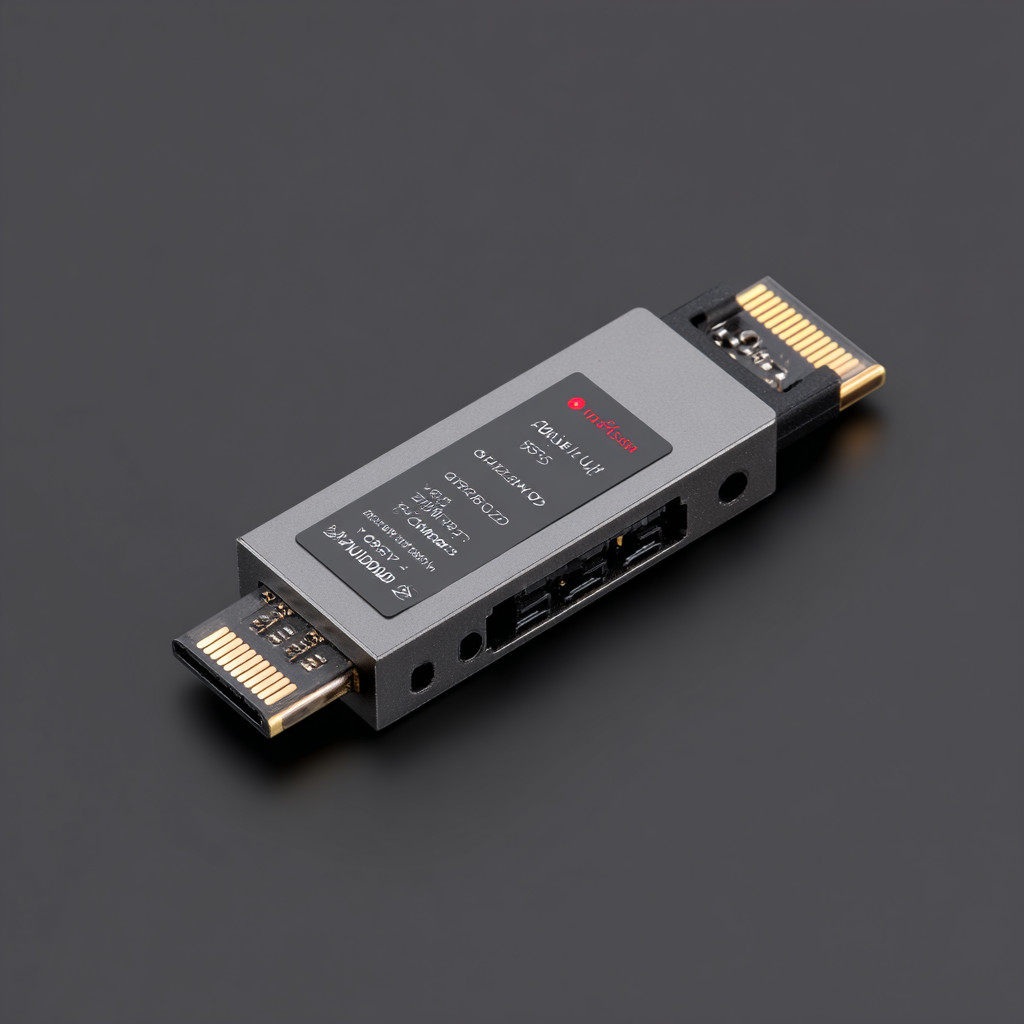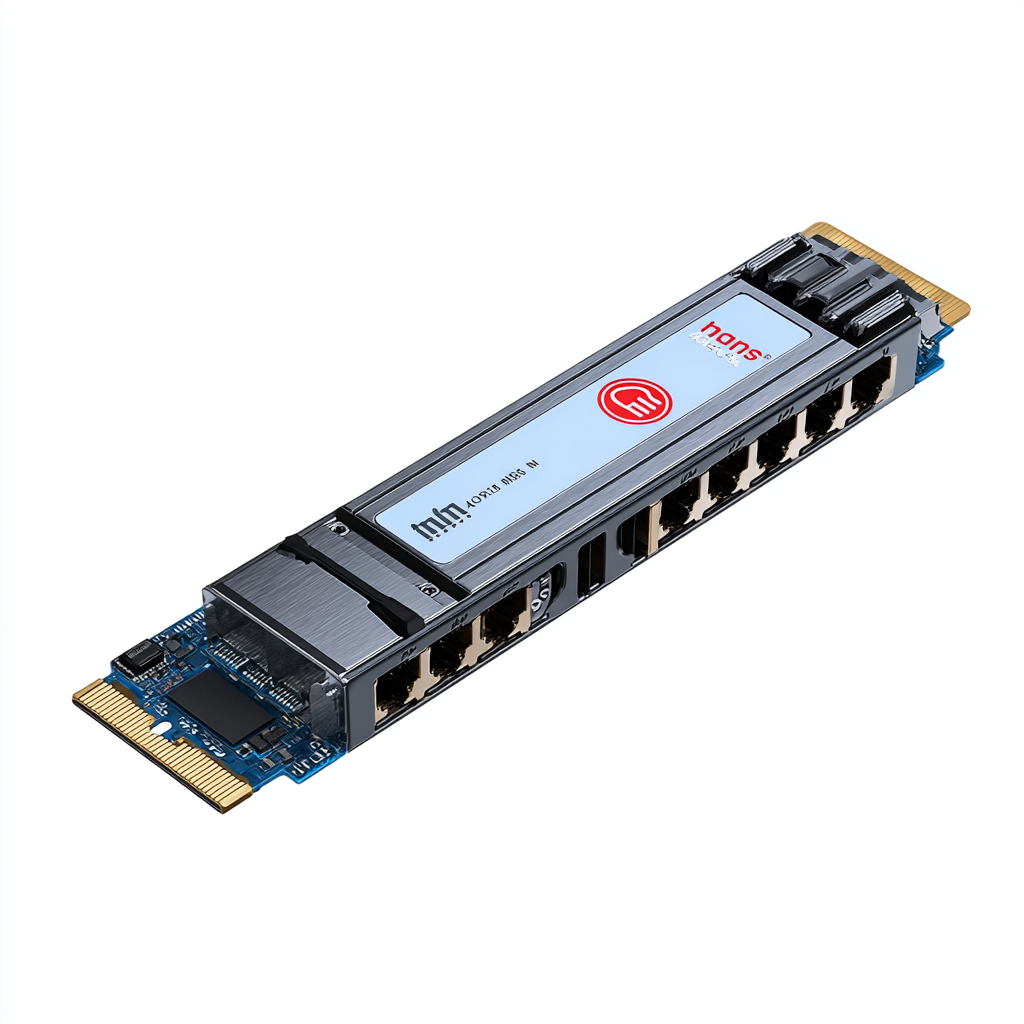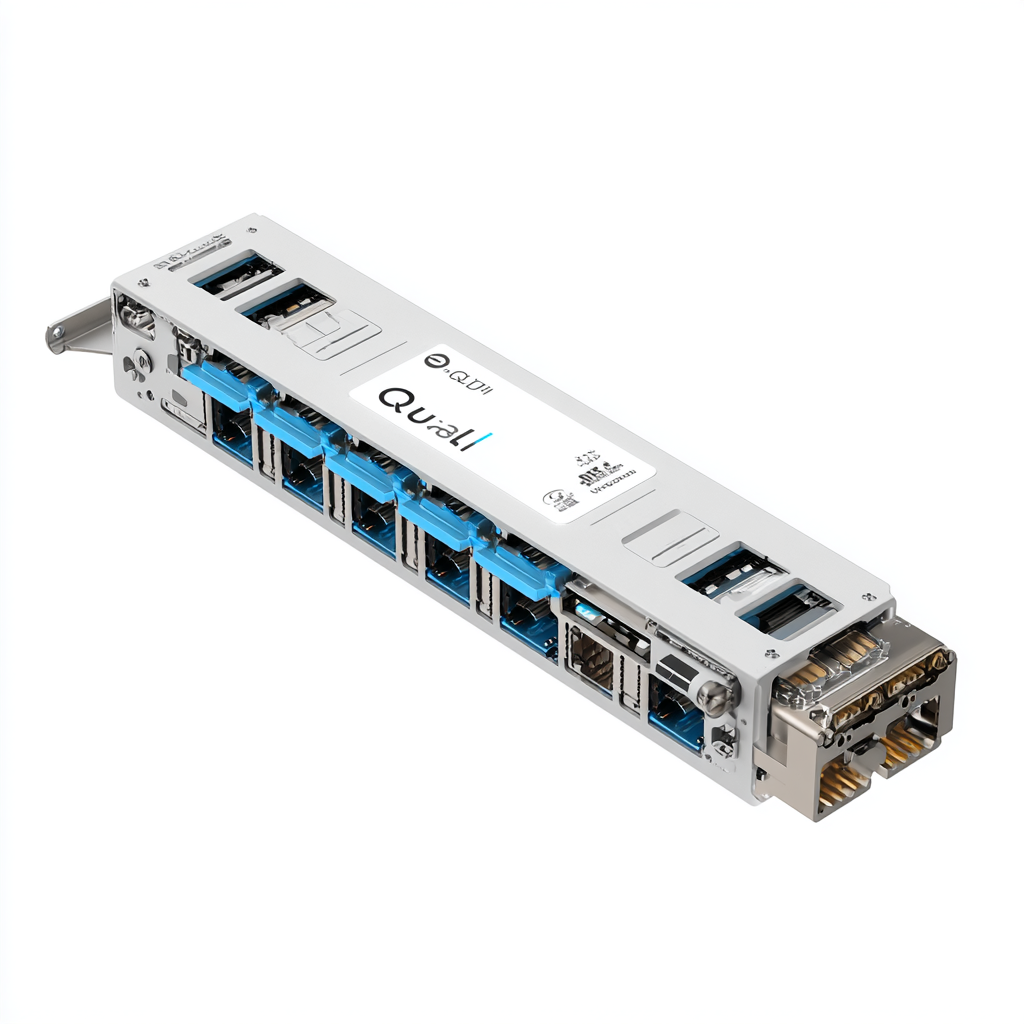Leave Your Message
As the demand for higher bandwidth and faster data transmission continues to grow in today's digital economy, the deployment of 400G QSFP-DD AOC (Active Optical Cables) has become increasingly relevant for networking professionals. According to a recent report by MarketsandMarkets, the global optical interconnect market is anticipated to reach USD 10.7 billion by 2025, driven largely by the need for efficient data centers and high-speed network infrastructures. The 400G QSFP-DD AOC stands out as a critical component, offering significant advantages such as reduced power consumption and enhanced scalability compared to its predecessors. This guide aims to provide an in-depth overview of the factors to consider when selecting the best 400G QSFP-DD AOC for your specific networking needs, ensuring that you can support the burgeoning requirements of data traffic in an ever-evolving technological landscape.

Understanding the fundamentals of 400G QSFP-DD AOC technology is crucial for any networking professional looking to enhance data center efficiency and performance. The 400G QSFP-DD Active Optical Cable (AOC) employs advanced optical transceiver technology that provides high speed and increased bandwidth over traditional copper cables. This technology utilizes multiple parallel fiber pairs to deliver data rates of up to 400 Gbps, making it an ideal choice for high-demand applications such as cloud computing and large-scale data transfers.
One of the significant advantages of QSFP-DD AOCs is their ability to reduce latency and power consumption compared to older technologies. The optical signal transmission minimizes the electromagnetic interference that can affect copper solutions, thus ensuring a more stable communication link. Furthermore, AOCs are lightweight and have a flexible design, making installation easier and enhancing airflow within tight spaces in data center environments. Understanding these technical aspects can empower network administrators to make informed decisions when selecting the right AOC solutions tailored to their specific networking needs.
When selecting a 400G QSFP-DD AOC (Active Optical Cable) for your networking needs, it's crucial to focus on key features that ensure reliability and performance. First and foremost, consider the cable's bandwidth capabilities. A higher bandwidth allows for faster data transfer rates, which is essential for supporting high-demand applications such as data centers and large-scale enterprise networks.
Another important feature to look for is the operating distance. The ideal QSFP-DD AOC should provide a range that meets your specific networking environment. For instance, if you're connecting equipment over short distances, a cable with moderate reach should suffice, whereas long distances will require a cable optimized for extended range without signal degradation.
Tip: Always check the manufacturer's specifications for compatibility with your existing network equipment. This will help avoid unforeseen issues during installation.
Additionally, pay attention to the durability of the AOC. Look for cables with robust construction and protection against environmental factors like temperature fluctuations and electromagnetic interference. A well-built cable will ensure long-term reliability and save costs associated with frequent replacements.
Tip: Opt for AOCs with an extended warranty or support to ensure you have assistance when needed.
When selecting a 400G QSFP-DD Active Optical Cable (AOC) for your networking infrastructure, evaluating performance metrics is crucial to ensure optimal operation. Key factors to consider include data rate, latency, power consumption, and distance. According to a report by Broadcom, a leading provider in the field, 400G AOCs can achieve a data transmission speed of up to 400 Gbps while maintaining low latency of less than 200 microseconds, essential for high-frequency trading and real-time data processing applications.
Another vital metric is power efficiency. The Ethernet Consortium indicates that 400G AOCs consume up to 30% less power compared to traditional copper solutions. This reduction not only lowers operational costs but also supports sustainability efforts as organizations strive to reduce their carbon footprint. Additionally, the distance capability of AOCs typically ranges from 100 meters to 400 meters, making them suitable for various data center configurations. Understanding these performance metrics allows network engineers to make informed decisions tailored to their specific networking needs.
When selecting a 400G QSFP-DD Active Optical Cable (AOC), evaluating manufacturer credibility and build quality is crucial for ensuring reliable performance in your networking environment. First and foremost, examine the manufacturer's reputation in the industry. Look for established companies with a proven track record and positive reviews from clients. Manufacturers that have been in the business for several years often have the experience necessary to produce high-quality products that meet industry standards. It's also beneficial to consider manufacturers who participate in relevant certifications, as these can indicate a commitment to quality and innovation.

Next, assess the build quality of the AOC itself. Take note of the materials used in construction; high-quality cables typically feature durable connectors and superior fiber optics to minimize signal loss and interference. Additionally, inquire about the manufacturing process. Companies that have stringent quality control measures in place can often guarantee better performance and longevity. Testing reports and certifications that reflect compliance with international standards can also be indicative of a product's reliability. By prioritizing manufacturer credibility and build quality, you can confidently choose a 400G QSFP-DD AOC that will support your networking needs effectively.
When it comes to selecting a 400G QSFP-DD Active Optical Cable (AOC), the choice of brand plays a vital role in ensuring reliability and performance. Several leading manufacturers are making headlines with their cutting-edge solutions that cater to the ever-growing demands of high-speed networking. In the rapidly evolving landscape of optical technologies, it is crucial to choose brands that not only offer superior products but also demonstrate innovation in their designs.
Recent developments showcase companies that are pushing the boundaries with their 400G and even 800G multimode fiber solutions. These brands are emphasizing live demonstrations at industry events, highlighting their commitment to transparency and performance in real-world applications. With the market for 400G QSFP-DD optical modules projected to expand significantly over the next decade, exploring products from these top-tier companies will ensure that your networking needs are met with the latest technology available. Investing in trusted brands can lead to enhanced efficiency and reduced operational risks in your networking infrastructure.

